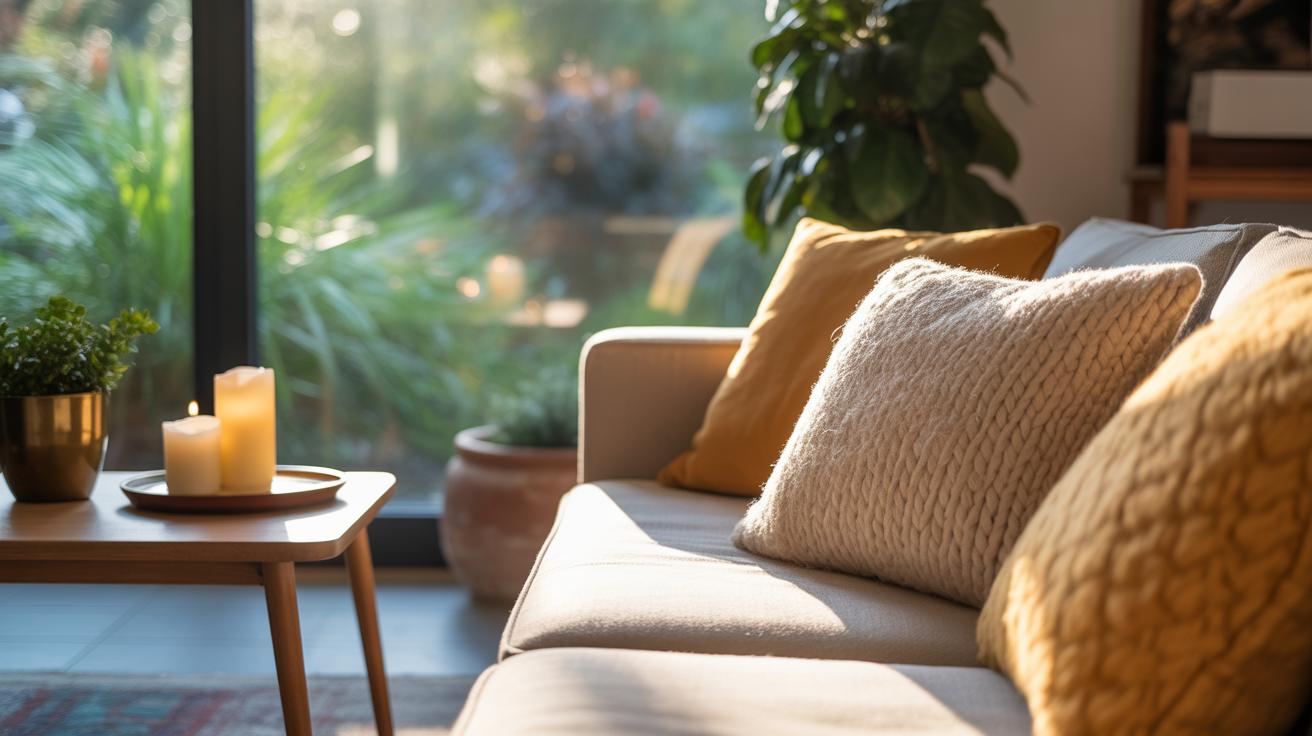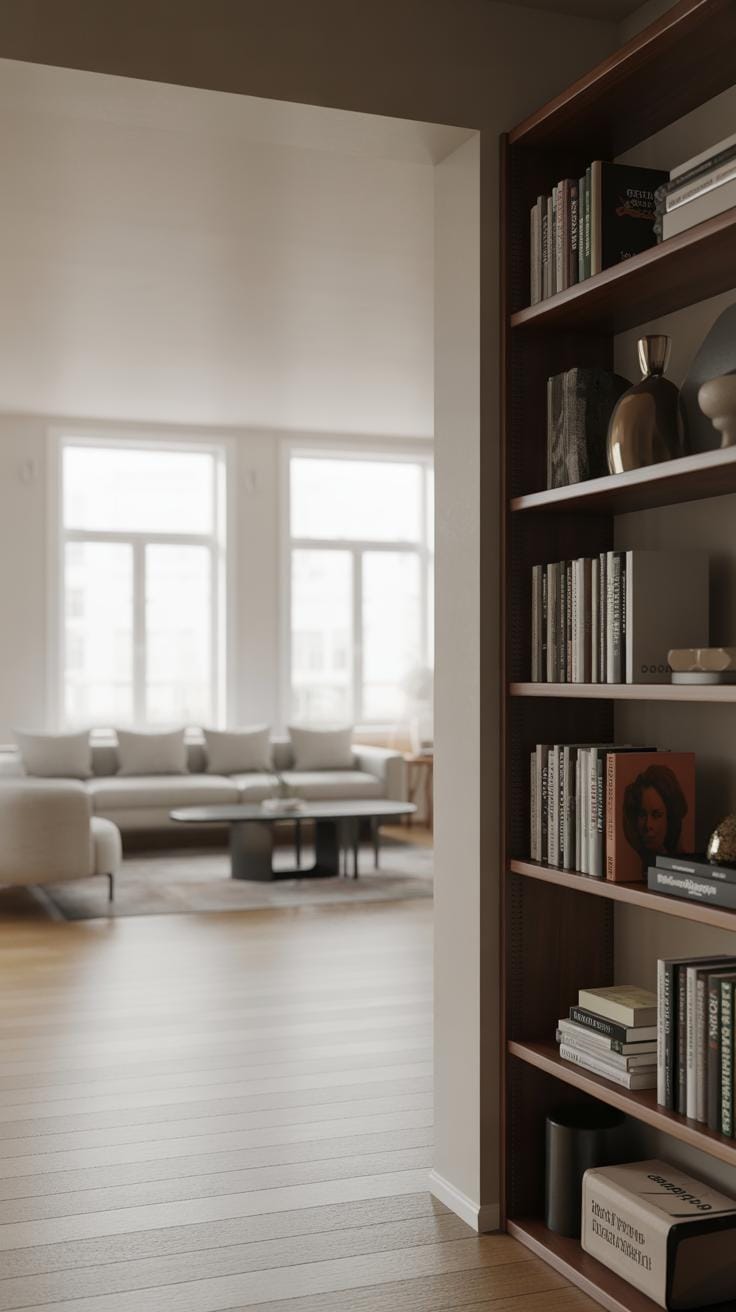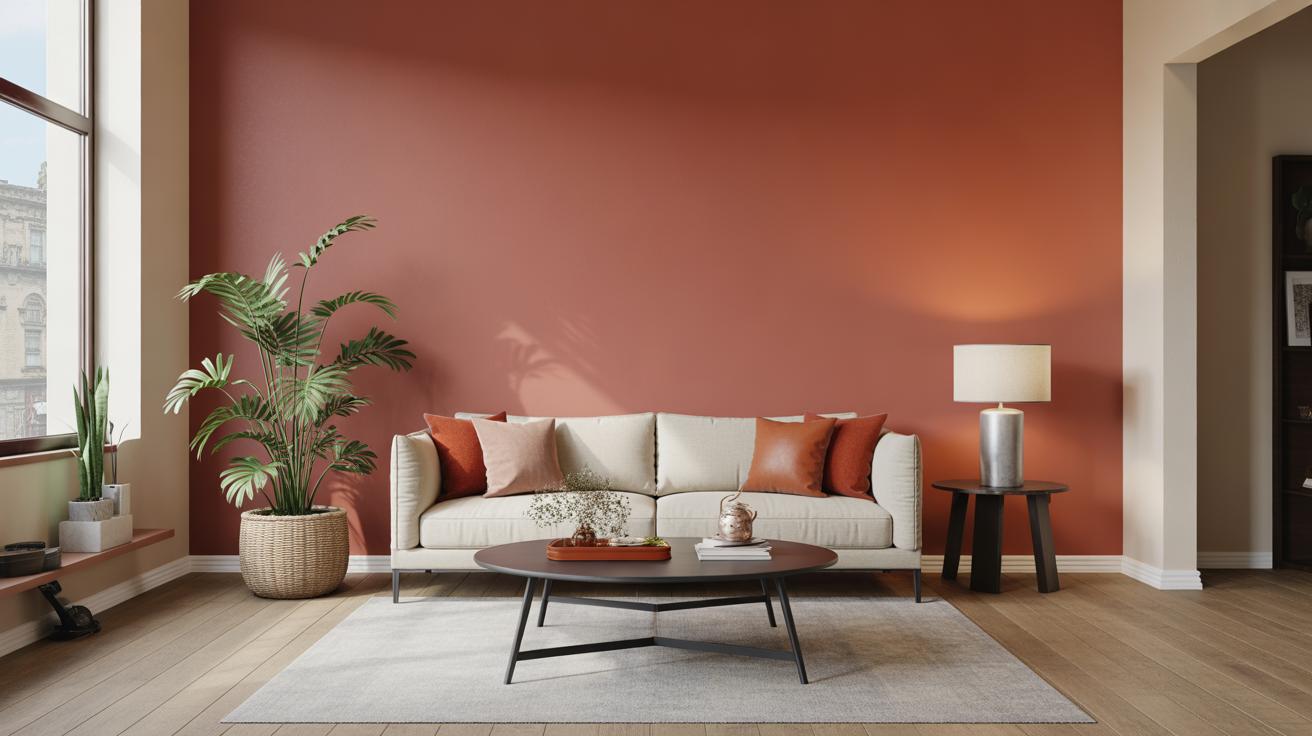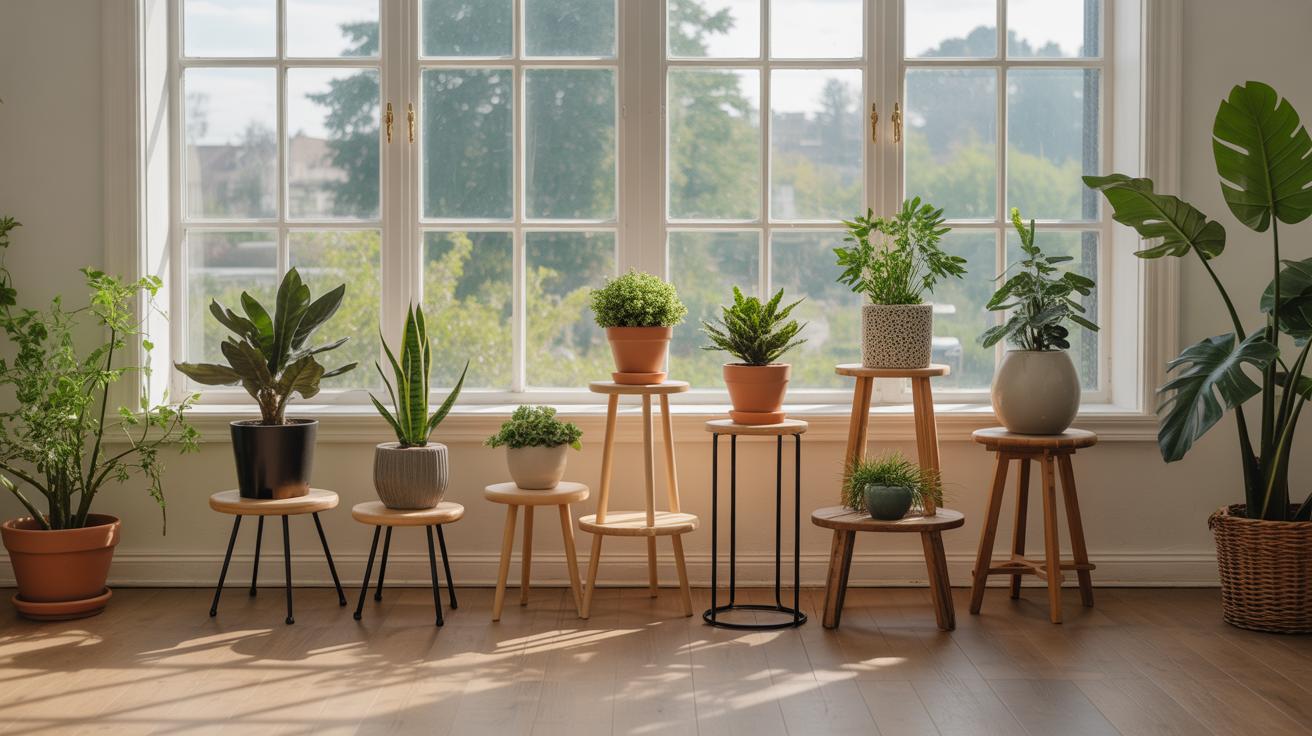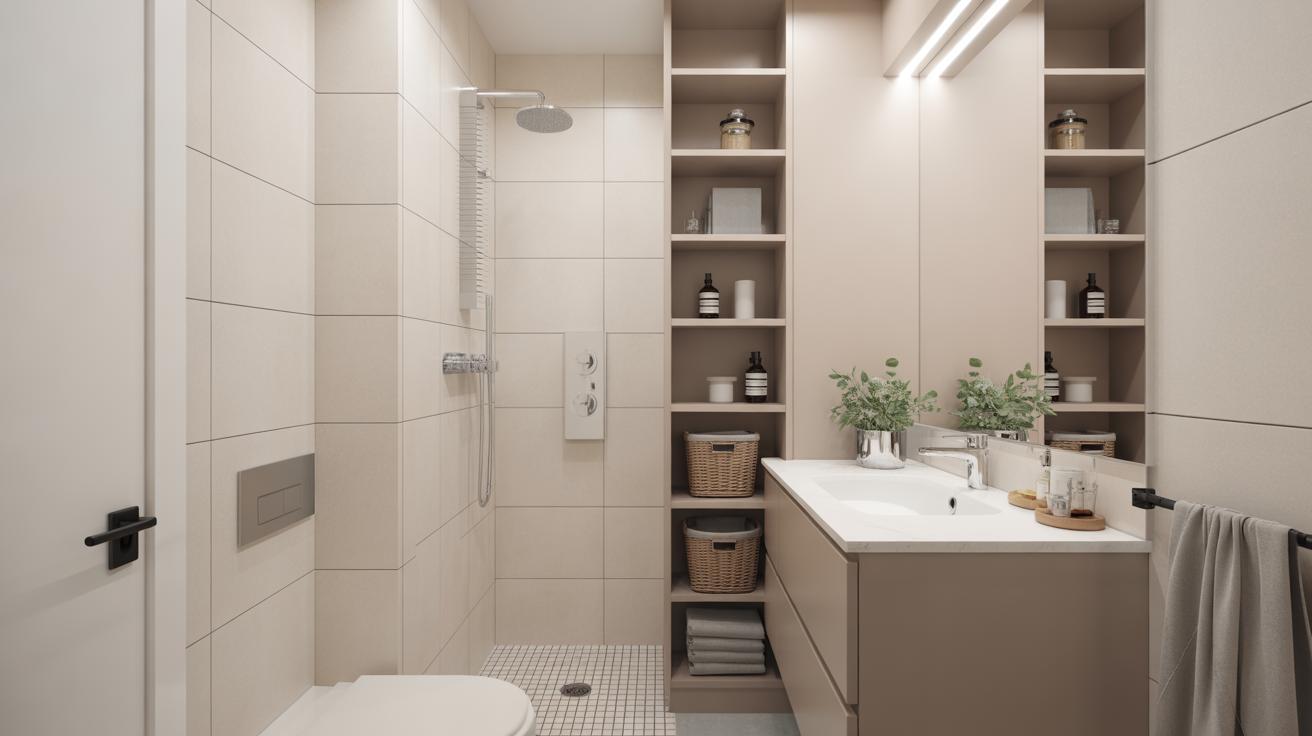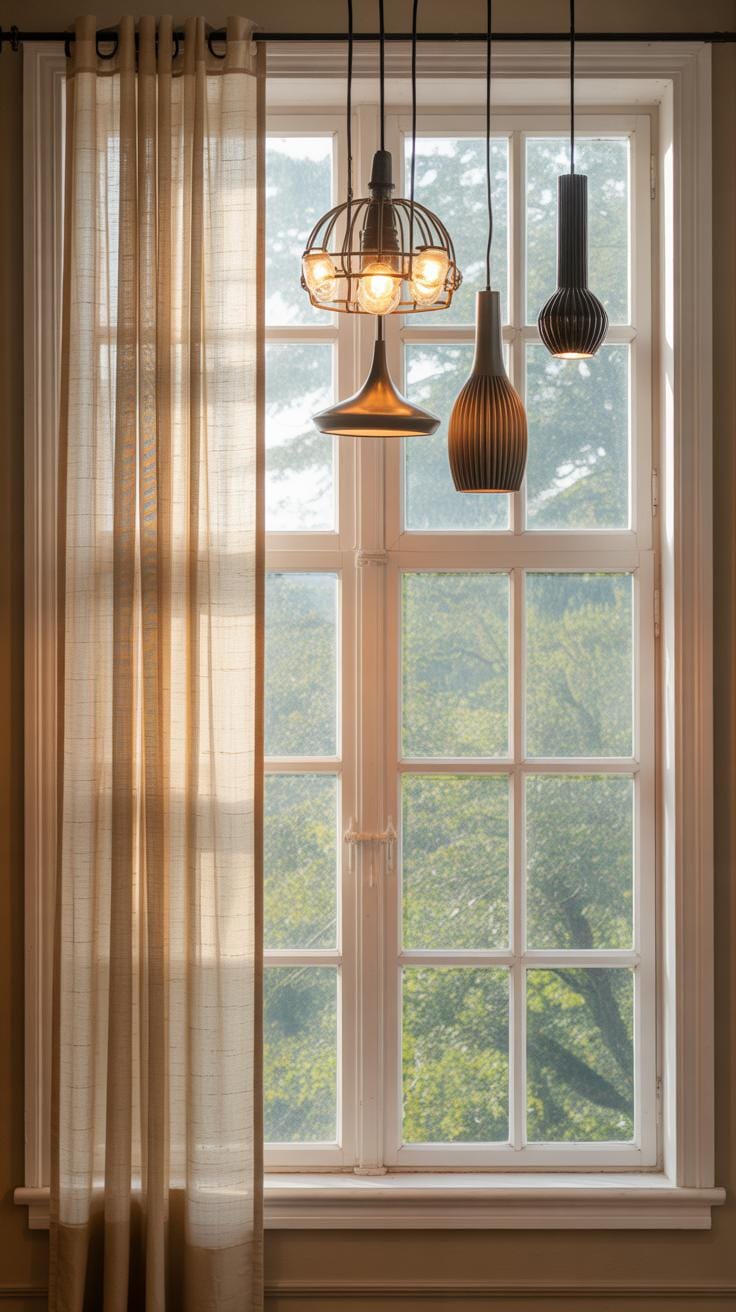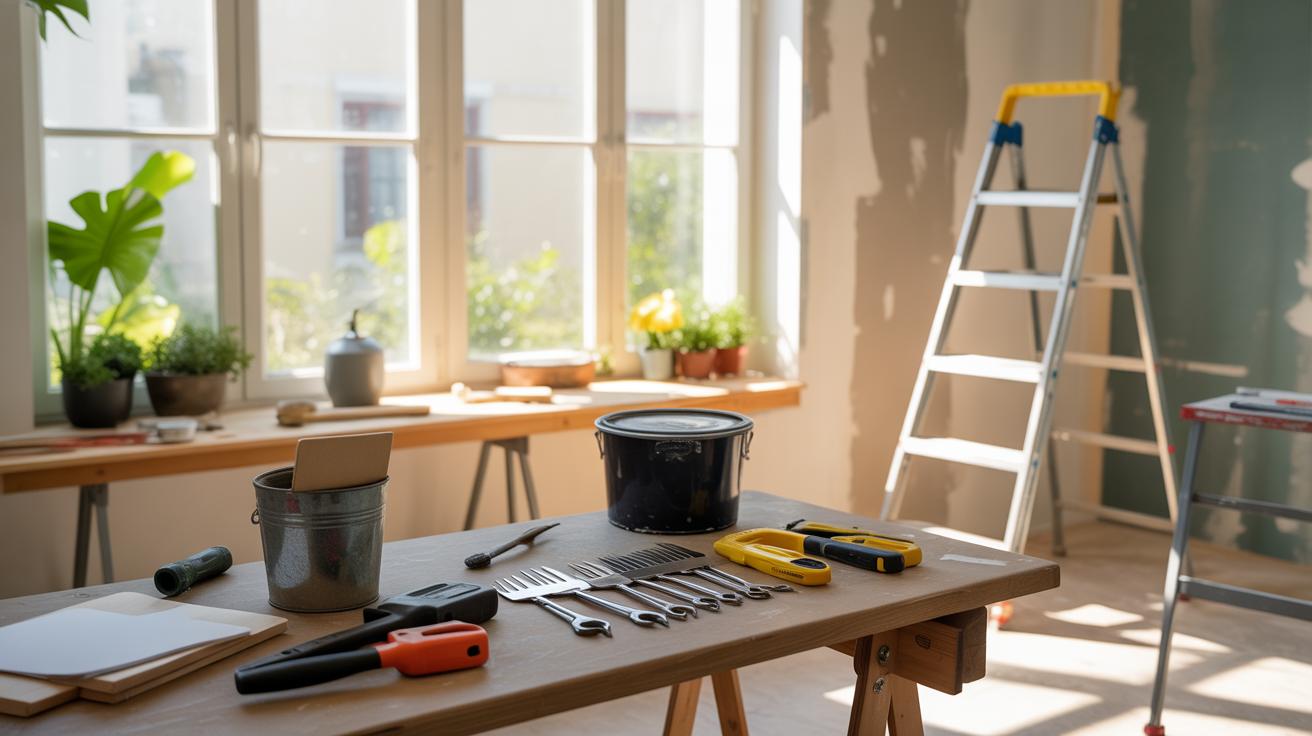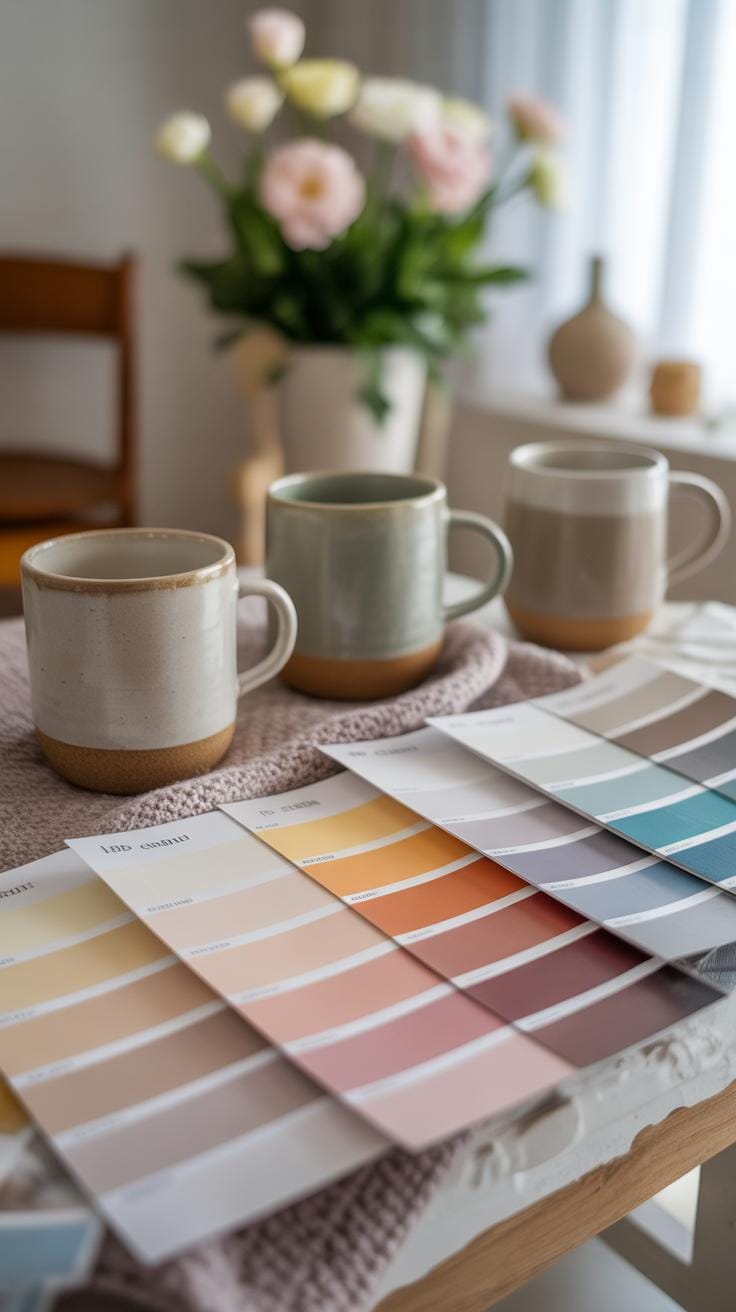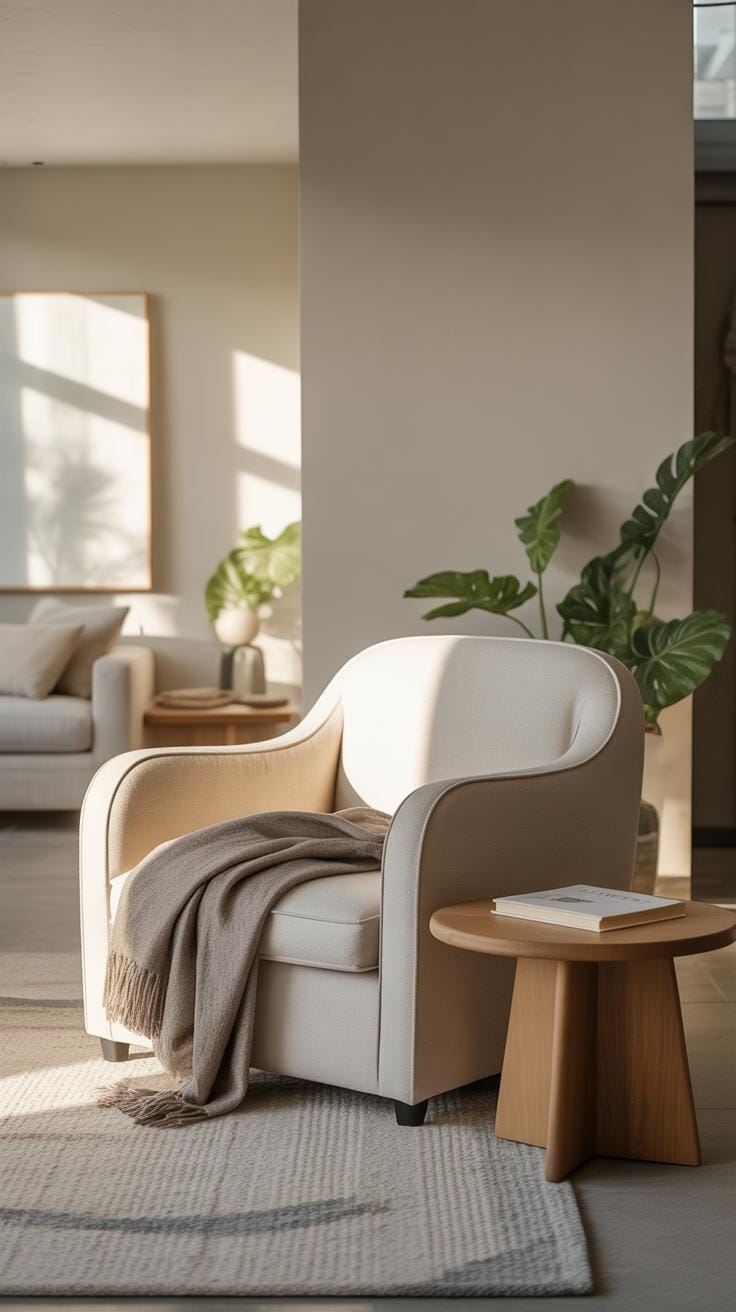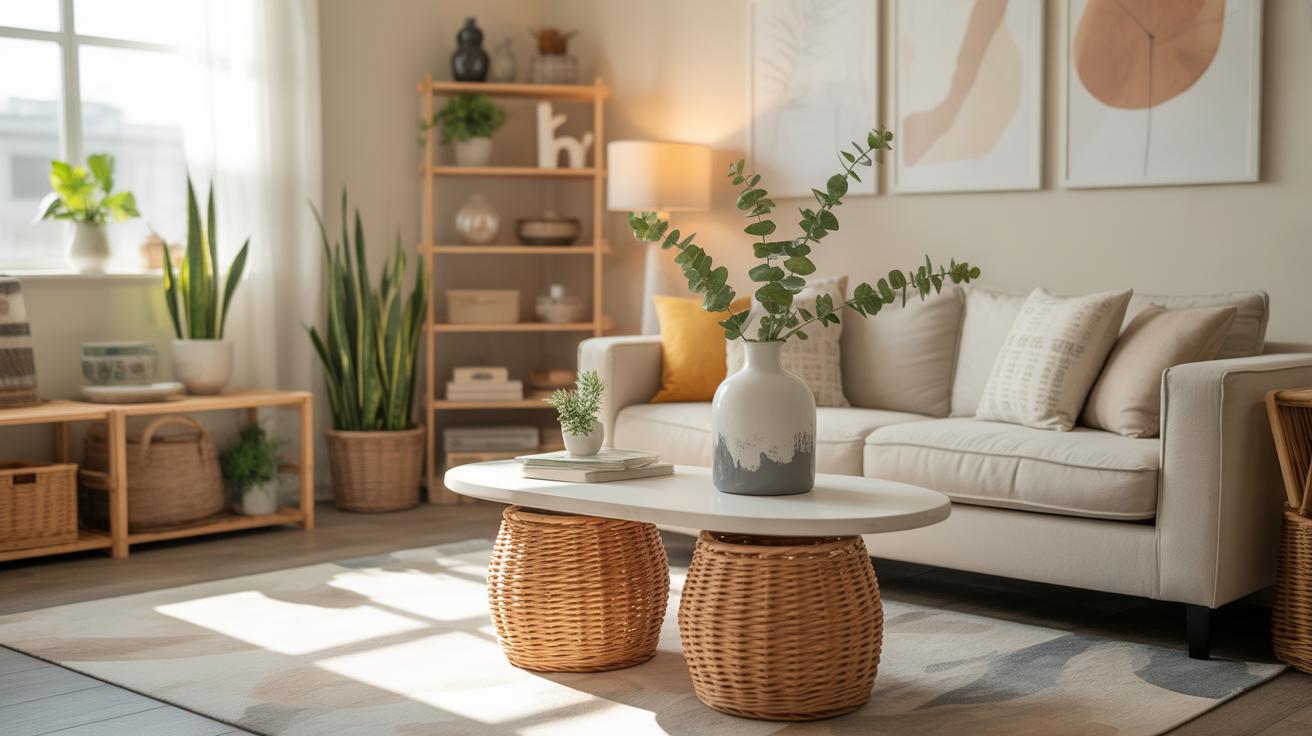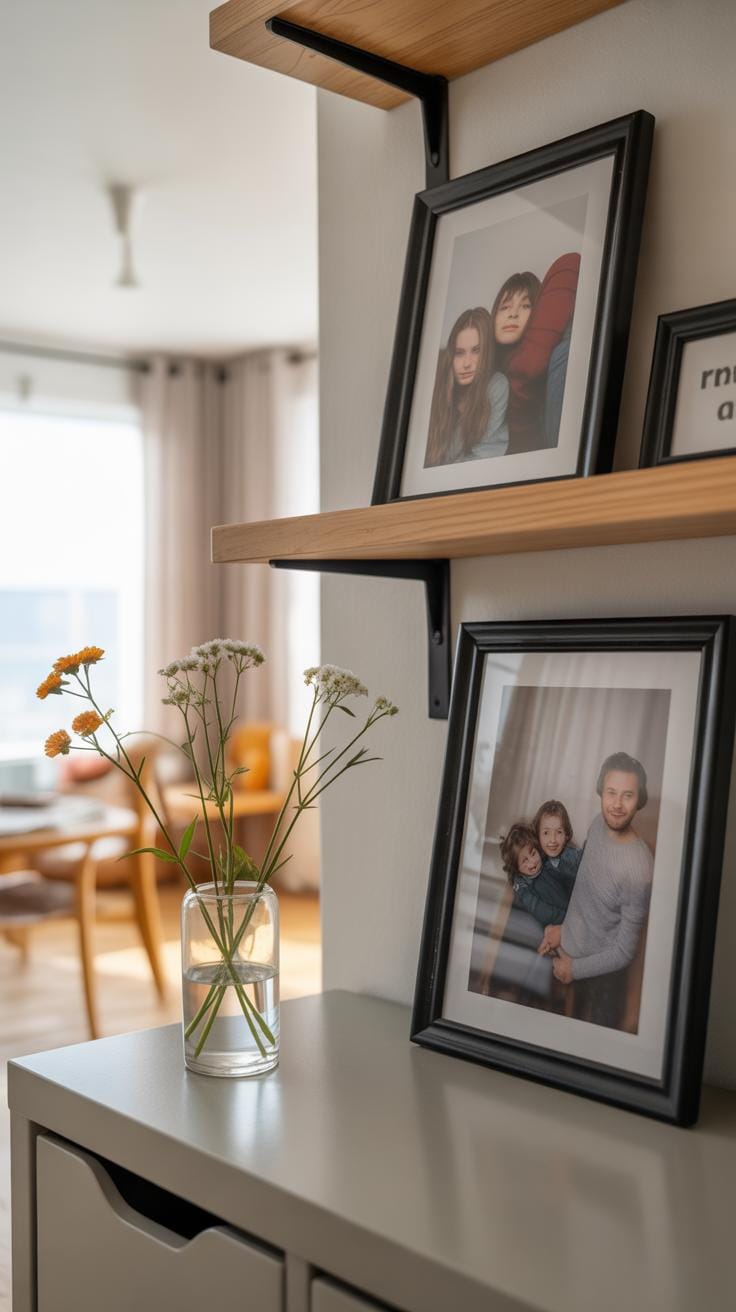Introduction
Simple house design blends functionality with style to create homes that are not only beautiful but comfortable to live in. This article explores timeless simple house design ideas, focusing on how you can make your space cozy without overcomplicating it. Through clear and practical advice, you will understand how simplicity in architecture and decor can enhance your home.
You will learn about design elements that contribute to a cozy living experience. From choosing the right layout to picking materials and colors, this guide will help you embrace simplicity while keeping your home warm and inviting. The chapters that follow dive deeper into each aspect of designing a simple yet cozy house that suits your lifestyle.
Essentials of Simple House Design
Simple house design often starts with something that feels almost obvious: less is more. At its core, it leans heavily on minimalism, clean lines, and practicality. But minimalism here isn’t about stripping everything down to cold spaces or harsh emptiness. Instead, it’s about creating freedom for the home to breathe. Rooms don’t feel crowded, and instead of confusing shapes or overly complex features, you get smooth, straightforward forms.
Think about a house where walls are kept plain, details are subtle, and every curve or angle has a clear purpose. The shapes of the home itself tend to be basic—rectangles, squares, gentle right angles—because complexity often adds noise, which minimalist design tries to avoid.
Functionality plays a big role too. You want a place that works for you, not something elaborate but impractical. Often, this means layouts that match daily habits without forcing awkward moves or extra steps. A kitchen near the dining area, closets that actually hold stuff, and rooms sized just right—not too big and not too cramped.
Sometimes, it feels like people forget how simplicity can be powerful without feeling boring or lifeless. Simple house design doesn’t just mean fewer items or straight edges; it’s about meaningful, comfortable arrangements that fit real lives.
Choosing The Right Layout For Cozy Living
Open layouts often get mixed reactions—some say they lose privacy, others swear by the flow they create. For simple house designs, open floor plans can make a space feel larger and lighter than it really is. Without too many walls blocking views, natural light reaches deeper into the home. You might notice how a room with clear sightlines encourages more family interaction, whether it’s cooking together or kids doing homework nearby.
Still, openness doesn’t mean you have to sacrifice warmth. Think about how you arrange furniture to guide movement while keeping the space inviting. Creating subtle zones in a big room—like a reading nook with a comfy chair tucked away—brings that cozy feeling back. These intimate corners let you step aside when you want calm and privacy, without losing the benefits of a simple, open plan.
Try to balance shared spaces with small personal retreats. Maybe a window seat with cushions, or a corner desk hidden behind a bookshelf. These spots make the house feel livable, not just sparse or bare. When you plan your layout, ask yourself: where can you carve out those peaceful places? They might be small, but they add a lot to everyday comfort.
Selecting Materials That Enhance Warmth
When you think about what makes a home feel cozy, the materials inside play a big role. Natural, simple materials have this unique way of bringing warmth and texture that synthetic options often lack. You might find yourself drawn to materials that aren’t flashy but quietly invite comfort. Wood and stone are prime examples—they’re classic choices for simple house designs.
Wood And Stone Elements
Wood offers a tactile, organic feel that’s hard to replicate. Whether it’s rough-hewn beams or smooth oak floors, wood adds a sense of history and calmness. Stone, on the other hand, anchors a space—it feels solid, grounding the room in nature. These materials also age differently, changing subtly over time, which can add character but might be something to think about if you prefer things crisp and clean.
I’ve noticed that combining wood and stone often creates a balance; the warmth of wood softens the sometimes cold impression of stone. Together, they connect the indoors to the outdoors without overwhelming the space. You don’t need to cover every surface—just a well-placed beam or hearth can shift the atmosphere dramatically.
Soft Fabrics And Textiles
Textiles shape how you physically feel in a room. Soft throws, cushions, or curtains don’t just look inviting—they invite you to touch, to stay a little longer. The color and texture choices matter here. Warm tones and varied textures can bring layers of comfort, but too much pattern or gloss can feel busy, almost distracting.
Think about fabrics that add depth without shouting for attention: a chunky wool blanket or a subtle linen can do wonders. And sometimes, I find that cooler tones in textiles—blues or greens—can bring unexpected calm in a warm space, breaking monotony.
Ultimately, selecting materials is about balance and subtlety more than making bold statements. Which textures make you want to sink in and relax? That’s a question worth asking as you bring these simple elements into your home.
Windows And Lighting For A Cozy Aura
Natural light plays a surprisingly big role in making a simple home feel warm and alive. It’s not just about brightness; the way sunlight moves through your space shapes moods and highlights textures you’d otherwise miss. Think about where your windows sit and how big they are—these choices set the tone for every room.
Placing windows thoughtfully can pull daylight deeper into your rooms. For example, taller windows on south-facing walls often catch steady sunlight, but sometimes a few well-placed clerestory windows can add light without sacrificing privacy. And don’t overlook window size—larger panes invite more daylight but can affect insulation or glare if not balanced right. I once experimented with floor-to-ceiling glass in a cozy reading nook, and it changed everything, though it made me rethink window treatments.
Lighting within the home requires a bit of layering to avoid harsh or dull atmospheres. Combining ambient lighting with task lights, like a reading lamp or kitchen under-cabinet fixtures, lets you adjust the mood as you need. Then, accent lights direct attention to textures or objects, like a wooden beam or artwork, adding subtle points of interest. You might not always want all the lights on, and that’s the beauty of layered lighting—it gives control over warmth and function.
Have you thought about how your lighting setup changes from morning to night? Sometimes a single bulb feels cold, but thoughtfully mixed lighting creates a space that feels comforting no matter the hour. It’s partly science, partly experiment, and mostly about how you want your home to feel when you walk through the door.
Colors That Make A House Feel Like Home
Neutral Tones With Warm Undertones
When you choose colors for a simple house design, soft neutrals are often the safest bet. But not all neutrals are created equal. Those with warm undertones—think gentle beige, soft taupe, or creamy whites—can quietly transform a space. They don’t shout for attention but wrap the room in a sense of calm and calmness that’s hard to shake.
Using these earth-inspired shades often makes rooms feel more inviting, without crowding the senses. It’s as if the space is breathing gently, offering a subtle hug to anyone who enters. I’ve noticed in my own home that even a slight hint of warmth in white paint changes the whole vibe—from cold and sterile to relaxed and homey.
These colors also provide a flexible foundation. You can layer textures, wood tones, or fabrics on top without worrying about clashing, because the warmth keeps everything grounded. It’s a quiet approach. Nothing too flashy, nothing trying too hard.
Accent Colors For Personality
Of course, no cozy home is complete without a little personality peeking through. Accent colors offer a way to do that while keeping the overall palette simple. The trick is to be choosy—too many accents, and the place starts to feel cluttered, or worse, frantic.
Think about adding color in small doses. Maybe a muted rust cushion on a beige sofa, or a soft olive green wall hanging. These accents hint at your taste without overpowering the calm that neutrals create. Sometimes, a bold accent placed thoughtfully—like a deep navy throw blanket—can even heighten the warmth by contrast. It doesn’t have to be bright or loud, just well-placed.
Have you ever walked into a space where the colors felt balanced but still showed a bit of character? That’s the sweet spot here. Those little splashes invite you in, tell a story, but still let the simplicity breathe. You might wonder—how much is too much? Well, it’s probably when you stop noticing the coziness because your eyes are busy jumping around. Less tends to work better.
Furnishing For Comfort And Simplicity
Guide the selection of furniture that blends comfort with simple design aesthetics
Picking furniture that balances comfort and simplicity can feel tricky at first. You want pieces that invite you to relax but don’t clutter the room with too much detail. Think of sofas and chairs with clean lines, soft fabrics, and just enough cushioning to sink into without overwhelming the space. Natural materials often work well here—wood, linen, cotton—because they bring warmth without fuss.
Sometimes less really is more. I’ve found that opting for furniture with subtle shapes and muted tones helps a room breathe. It’s not about stripping away comfort but about letting it shine quietly. The goal? Spaces where you can unwind easily, without distraction or discomfort. Does it spark a little hesitation to go simpler? Maybe, but the payoff is worth it when the room just feels… right.
Choosing Multifunctional Pieces
Multifunctional furniture finds its way into small and large homes alike. Why settle for a chair when you can have a chair that stores blankets or has a hidden drawer? Pieces that serve more than one purpose save space and add practical value. A bench that doubles as toy storage, or a coffee table that lifts to become a desk, can ease daily life without forcing you to sacrifice style.
Choosing these pieces can sometimes be a balancing act. You want them to feel intentional, not like an afterthought. Ask yourself: Will this help my living routine or just add complication? Often, simple multifunctional furniture does both. It brings convenience without demanding special attention. And that quiet utility goes far in keeping a home comfortable.
Keeping Furniture Layout Practical
When arranging furniture, the flow matters more than you might realize. Spaces that let you move naturally improve comfort without any extra effort. Avoid pushing every piece against a wall just to free up space—it can make rooms feel stiff, not open. Instead, try floating key pieces, creating little conversation zones, or leaving clear paths through the main living areas.
I often wonder if we overthink layouts. Sometimes, a simple arrangement that just “feels right” beats the perfectly measured grid. A relaxed layout encourages casual use, inviting you to live without awkward movements or blocked sightlines. Is it worth experimenting with a few layouts over time? Probably, yes. Your furniture should support your daily rhythm, not force a new one.
Storage Solutions That Keep It Neat
Built-In Storage Options
Built-in storage has a way of quietly keeping a home orderly without shouting for attention. When thoughtfully integrated, shelves, cabinets, or drawers become part of the house’s framework. That means fewer freestanding pieces crowding your space and a cleaner, more open feel.
Think about a bench with storage under the window or bookshelves that slide seamlessly into the wall. These not only hold clutter but also help keep the lines simple and uninterrupted. Sometimes, I find it tricky to balance having enough storage without making things feel boxed in, but built-ins often strike that tricky balance well. It’s almost like the house is doing the organizing for you.
Creative Use Of Space
Unused nooks or awkward corners often get overlooked but can hide a surprising amount of stuff. Under the stairs, for example, can hold drawers or cupboards that vanish from sight yet hold daily essentials. I’ve seen tiny alcoves transform into spice racks or even pet nooks with built-in storage.
Don’t forget the often-forgotten spaces – under beds, beneath sofas, or even above door frames. Pull-out trays or shallow cubbies can fit there without demanding too much upkeep. It might feel like a small win, but those little spots add up, making a home feel less cluttered and more comfortable. The question is, how much are you willing to rethink your usual storage spots? Sometimes the best ideas come from the bits most people ignore.
Blending Indoor And Outdoor Living
Connecting indoor spaces with outdoor areas changes how you experience your home. When you blur those boundaries, your living space feels larger and more open—but not in a cold or empty way. Instead, it brings a sense of ease and natural calm that’s hard to get otherwise. Maybe it’s the way sunlight spills inside, or how a cool breeze sneaks through wide doors on a warm day. That connection somehow invites relaxation without trying too hard.
Patios And Decks For Relaxation
Outdoor patios and decks act like an extra room, but one that doesn’t feel inside at all. They offer a spot to unwind, read a book, or gather with friends without leaving home. Even a modest deck or simple patio can stretch your living area, making room for casual mornings or quiet evenings.
Think about placing comfortable seating, perhaps a small table, or even string lights for a relaxed vibe. These spaces aren’t just practical; they encourage moments of pause—which you might not plan for but always appreciate.
Large Windows And Doors
Big windows and doors don’t just look good—they invite you to notice what’s outside more often. When you open a door fully, the line between indoors and outdoors fades. Views shift, changing with the season and light, keeping your interior alive and connected.
Sliding or folding doors let fresh air flow freely. You might hesitate at first to leave them open, especially if privacy feels important, but even partially open, they welcome nature inside. And large windows provide those daylight boosts that make rooms warm, not just temperature-wise, but in feel. You don’t have to sacrifice coziness for openness; they can coexist.
Adding Personal Touches While Keeping It Simple
Choosing Meaningful Decorations
When decorating a simple house, the key is to pick items that truly matter to you. Instead of filling every surface with random pieces, focus on a few objects that tell your story or represent your values. Maybe it’s a framed photo from a memorable trip, a ceramic bowl made by a friend, or a piece of art that makes you pause. Each item should invite you to remember something or feel something.
It’s tempting to add more, thinking bigger means warmer. But often, less is better—and more honest. Think about what draws you in without making the space feel busy. Ask yourself if a decoration still feels meaningful after a month, not just the first day. Those that last in appeal are the ones worth keeping.
Balancing Decor With Simplicity
Keeping balance with decor is tricky. You want warmth without chaos. A few well-placed pieces spread thoughtfully might work better than several clustered together. Try to keep surfaces and walls from getting overwhelmed. It’s about harmony, but not too rigid. Sometimes a slightly unexpected item in an otherwise minimal room can bring life—yet it shouldn’t fight for attention.
Don’t hesitate to rearrange. What works one week may feel off the next. I used to think a room needed symmetry, but now I’m less strict. Perhaps a bit of unevenness makes the space feel more lived-in and real. Aim for a setting where simplicity allows your personality to peek through without shouting.
Conclusions
The journey through timeless simple house design illustrates the impact of thoughtful choices in creating a cozy living space. Focusing on effective layouts, natural materials, and comfortable furnishings can transform any home into a welcoming retreat. Simplicity does not mean sacrificing style or comfort; it allows you to highlight what matters most.
By applying the ideas discussed here, you take steps toward designing a home that feels right for you. Whether starting from scratch or adjusting your current space, these principles help you build a home where you enjoy every moment. Remember, comfort and warmth are at the heart of simple house design.

